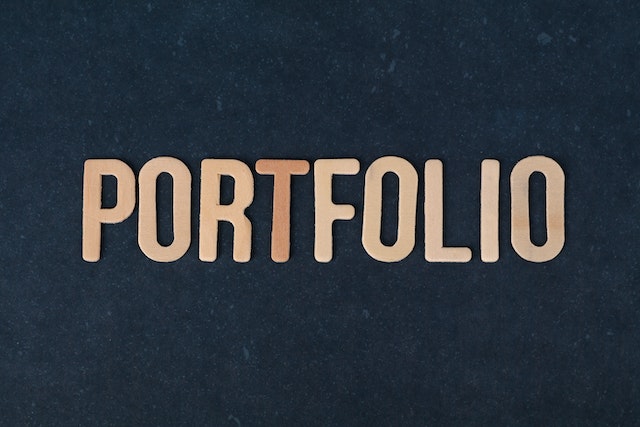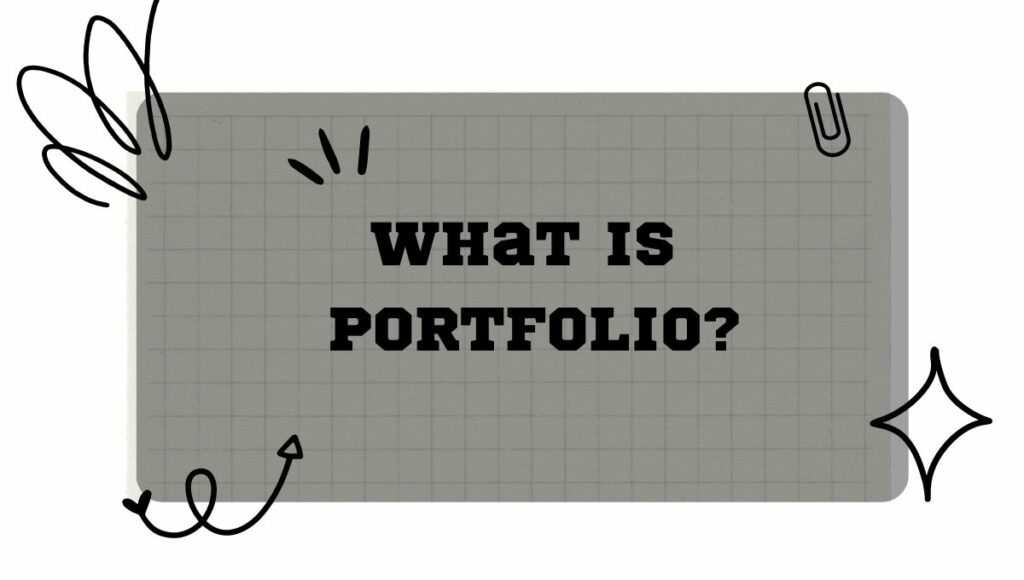what is portfolio?
A portfolio is a collection of investments held by an individual or company. For managing assets, weighing risks and rewards, and making investment decisions, it is a crucial instrument. Stocks, bonds, mutual funds, exchange-traded funds (ETFs), cash, real estate, and other alternative investments can all be included in a portfolio.
We’ll discuss what a portfolio is, why it’s significant, and how to create one in this blog.
What is a portfolio?
An investor’s portfolio is their collection of financial assets. Stocks, bonds, mutual funds, ETFs, cash, and other investments are examples of these assets. An individual, a family, or an organization can hold a portfolio.
A portfolio’s main purpose is to fulfil a certain investing objective, such as maximizing returns, protecting capital, or producing income. A portfolio should include a variety of assets since it is intended to be diversified, which lowers total risk.

Why is a portfolio important?
A portfolio is crucial for a number of reasons. First of all, it aids in the management of investments and the evaluation of risks and rewards. The effects of market volatility can be mitigated, and the total risk of the assets can be decreased, with a well-diversified portfolio.
Second, a portfolio can assist investors in achieving their financial objectives. Whether the investor’s primary objective is to maximize profits, provide income, or conserve money, a portfolio may be tailored to suit their unique objectives.
Thirdly, a portfolio might offer a long-term investing plan. Investors can benefit from the compounding impact of returns by creating a diverse portfolio, which can result in a considerable increase in the value of the assets.
How to build a portfolio?
Planning and thought must go into creating a portfolio. The steps are as follows:
- Establish your investing objectives: Choosing your investment objectives is the first stage in creating a portfolio. You may use this information to determine your risk tolerance and the kind of assets you should invest in.
- Determine your risk tolerance: An investor’s level of investing uncertainty tolerance is known as risk tolerance. Prior to creating a portfolio, it is crucial to ascertain your risk tolerance because doing so will enable you to select the ideal asset mix.
- Decide how to allocate your assets: The practise of distributing your investments among several asset classes, such as stocks, bonds, and cash, is known as asset allocation. Your investing goals and risk tolerance will determine the appropriate asset allocation.
- Select your investments: You may begin selecting your investments once you’ve established your asset allocation. This can apply to certain equities, mutual funds, exchange-traded funds, and other assets.
- Once your portfolio has been created, it is crucial to routinely review it and make any required improvements. This may entail changing your risk tolerance, adding or eliminating investments, and revising your asset portfolio.
In conclusion, a portfolio is a selection of investments that a person or business has. For managing assets, weighing risks and rewards, and making investment decisions, it is a crucial instrument. Planning and thought go into creating a portfolio, which includes deciding on your investing objectives and risk tolerance, setting your asset allocation, and picking your investments. Investors can achieve their investing objectives and lower the total risk of their assets by constructing a diverse portfolio and maintaining continuous monitoring of it.











